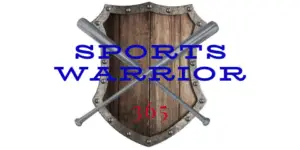Baseball is supposed to be fun! As kids near 12 years old, sometimes the game can start to seem like a job.
This is an important age to keep it fun and developmental. Some might start to gain other interests or start to receive pressure from parents, coaches or friends on their performance.
As coaches and parents, we need to work hard to keep kids engaged, having fun and developing. As they reach the teenage years, we need to remain positive and keep the love of the game alive.
An overall philosophy we follow for practices with kids of all ages is that the drills created for a team practice should keep everyone moving and having fun while developing their skills.
Even at the high school level, we run practices where everyone is active, there is an element of competition, but in the end the players are having fun!
At the end of practice, you want the players on the team to be excited about the next practice. You want them leaving with some feedback on an area to improve upon and something they did well!
Too often, coaches stand on the mound throwing pitches as one kid hits and the other 9 stand in the field. There are much more efficient ways to ensure players are active and developing.
Fun Baseball Drills for 12 Year Olds
- Contact Drill
- Curve Ball/Off Speed Pitch
- Four Corners
- Knockout Drill
- Simulated Game
- Running Bases/Stealing Bases
- Sliding Drill
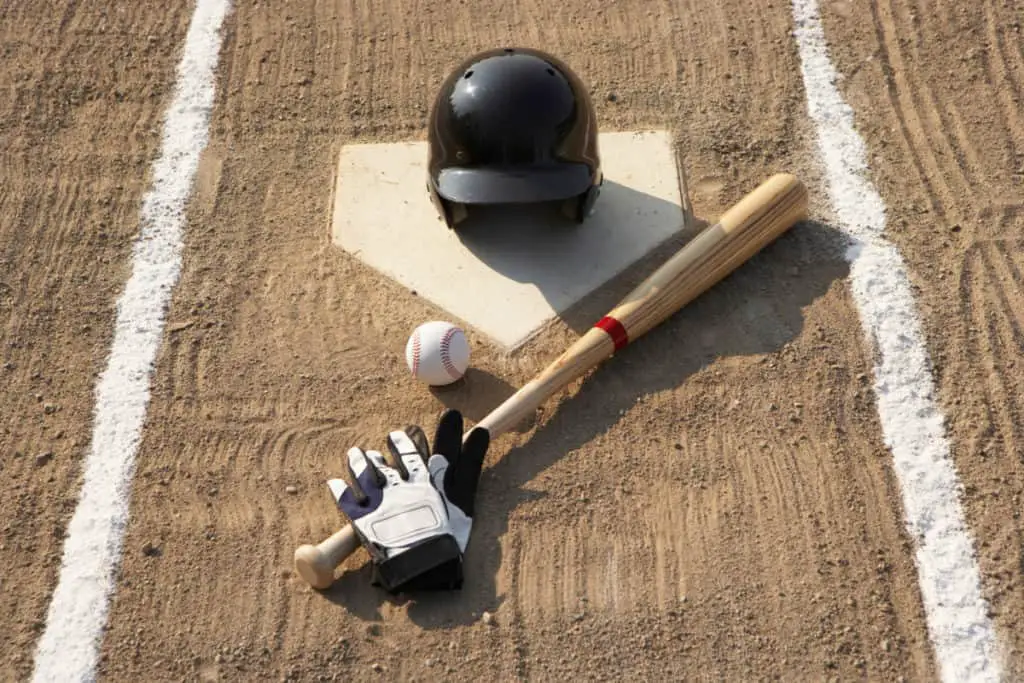
Kids at the 12 year old level might have now played the game with leadoffs and steals. The biggest adjustment is the increased number of off speed pitches and the adjustments that players need to make. 12 year olds can really start to pick out a quality pitch and “go with” a pitch on the corner of the plate with 1 or 2 strikes.
The skills we are trying to develop with the drills detailed below include the following:
- Contact and 2 Strike Hitting
- Hitting off speed pitches
- Soft hands for fielding ground balls
- Anticipation of the game and field awareness on defense
- Anticipation on the bases and the right angles to take
- How to stay safe and gain an advantage by sliding correctly
#1 Contact Drill
For the portion of practice when we are focusing on hitting, we will often have multiple stations going on. We break the players into groups of 2-3 players and set up a hitting cage, tee station, wiffle ball station and a heavy ball station.
The players move from station to station. Once we have completed these training zones, we will add some fun through a contact drill. You can use baseballs or wiffle balls for this drill. To get the most amount of swings, I would recommend wiffle balls with multiple coaches.
How The Drill Works:
- Set up multiple stations with multiple coaches.
- Break the players into groups of 3.
- Have the first player in each group step to the plate.
- See how many consecutive strikes the player is able to make contact with. (Foul balls do count)
- Have the players compete within their group and go through this cycle for 5-12 minutes.
- At the end, identify the winner of each group and bring to the main plate.
- Have each hitting cycle through two times and identify the winter for that practice.
Benefits:
- The players learn to make contact.
- This helps focus on making contact even on a pitch that isn’t perfect.
- Players learn to make a simple, compact swing.
Skills Developed:
- Contact and 2 Strike Hitting.
- How to focus on contact against a difficult pitcher.
#2 Curve Ball/Off Speed Pitch – “Hit It Where It Is Pitched”
One of the progressions in the game of baseball is that players must start to adjust to seeing curve balls or off speed pitches. The hitter should work on identifying the pitch and then going “with the pitch” and hitting it to where it is pitch, especially when there are two strikes on the hitter.
How The Drill Works:
- Set up multiple stations with multiple coaches.
- Break the players into groups of 3.
- Have the first player in each group step to the plate.
- See how many consecutive strikes the player is able to make contact with. (Foul balls do count). Every pitch is an off speed change up or a breaking ball.
- Have the players compete within their group and go through this cycle for 5-12 minutes.
- At the end, identify the winner of each group and bring to the main plate.
- Have each hitting cycle through two times and identify the winter for that practice.
Benefits:
- The players learn to make contact on off speed and breaking pitches.
- This helps focus on making contact even on a pitch that isn’t perfect. We must be good hitters with two strikes and fight off close pitches.
- Players learn to make a simple, compact swing.
Skills Developed:
- Contact and 2 Strike Hitting.
- How to focus on contact against a difficult pitcher that has quality off speed options.
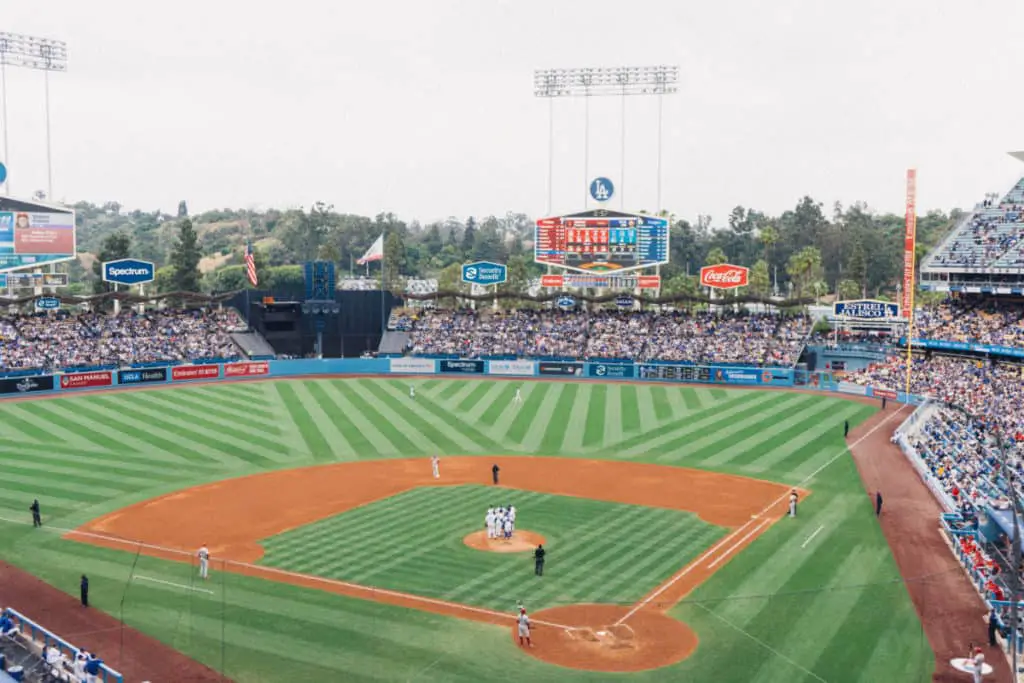
#3 Four Corners
If you are practicing on an infield, start at about 60 feet apart and have players positions at the four corners. The drill starts with throwing the ball around the square. Every positions has to be able to catch, have the proper footwork, and get rid of the ball and on point.
We want to practice throwing how we would in the game. So we want to keep our velocity up with focus.
How The Drill Works:
- Set up bases at 65 feet and then work backwards.
- You can set up multiple stations to keep everyone involved.
- Keep track of who can make the most consecutive throws and catch without an error.
Benefits:
Players must be able to receive the ball, use the proper footwork and make a strong, aggressive, accurate throw to the next location.
Skills Developed:
- Arm strength
- Accuracy
- Receiving with soft hands and transition to the throw – quick release.
#4 Knockout Drill
This is a drill where the players have to not only field the ground ball cleanly, but then they have to make the second part of the play, which is an accurate throw. As long as they make the play successfully they stay in the game. If they get knocked out, we typically have a secondary game taking place to keep the number of total number reps high and to prevent players from just standing around.
At the 12 year old level, we want to start hitting grounds balls to the side as the game and competition progresses. Make players use the proper footwork in getting to the ball and then making the throw. Improper footwork could lead to elimination from the game.
How The Drill Works:
- Break players into groups of 5-6.
- Throw or hit ground balls to the first player up.
- The players must make a clean play and throw to remain in the game.
- Complete the process through the line and continue until there is only one player left.
- Consider having a secondary line where players can continue to field ground balls.
- This game can also be played with fly balls.
Benefits:
- Players learn to deal with a little pressure and must field the ball clean and make a quality throw.
- Players enjoy competing and trying to stay in the game.
- Players must use proper technique and should receive feedback from a coach that is not hitting the groundballs.
- Create a focus point that everyone on the team will work on during this dril.
Skills Developed:
- Proper technique and soft hands
- Handling pressure situations
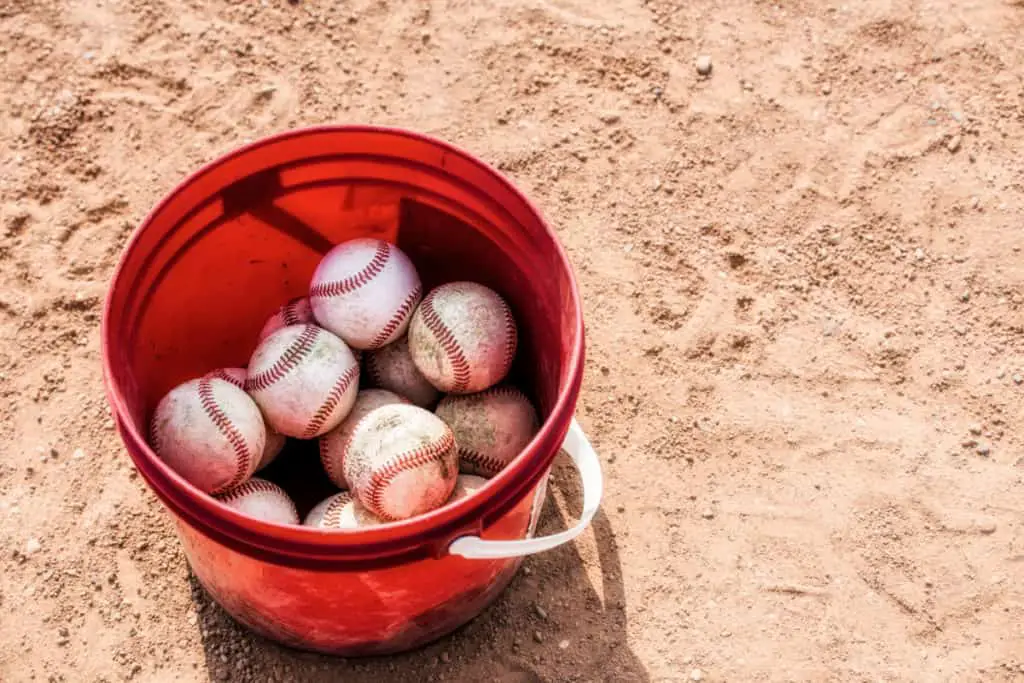
#5 Simulated Game
Most teams will have between 11-12 players on the team. Take 3 players and have them hit and put the others into position. A coach can pitch from a short distance such as 30-40 feet behind an L Screen.
The goal is to have the ball hit often, players running the bases, and fields making the proper play in the field. The players love this game as they feel like they are “scrimmaging” and they get an opportunity to bring their skills all together in this format.
One key here is for the last 30 minutes of this simulated game, do not let any of the coaches coach. Let the players communicate with each other and talk. Let the players make the decisions and assess their decision without a coach jumping in right away to correct.
You want to run this simulated game at the end of practice and focus on the points of emphasis during that practice that the coaches have stressed.
How The Drill Works:
- Identify 3 hitters to get ready to hit.
- Place the other players in the field.
- Utilize a coach to pitch.
- If you are short on players, don’t use a catcher or leave out an outfielder.
- Have the players hit and then run the bases.
- The fields must make the proper play.
Benefits:
- The game of baseball can happen fast. Even the players that can field the ball when drilling, may struggle once in a game situation.
- The simulated game keeps it fun and real!
- The opportunity to run bases is enjoyed by the players!
Skills Developed:
- Anticipation of the game
- Defense awareness
- Baserunning awareness
#6 Running Bases/Stealing Bases
This drill is usually used at the end of practice. Players will run a single, then a double, then a triple and finally a home run. Coaches have the opportunity to teach to run through the base on a single, listen to their coaches and make the proper turn.
This will take months for players to finally catch one, but it is something you can do repeatedly to help build awareness of where the ball is and what the coach is telling them to do. Coaches should work on staying consistent with arm motions and the verbiage used.
One way to take this drill to the next level is to use a stopwatch and time each player on his time to first base and second base. Over the course of the season, see if kids can decrease their time. They will be able to do this by taking the right angles and running the bases correctly.
An element to add at the 12 year old level is to have a situation where pitchers and catchers are working on holding a run on base and then throwing out the would-be base runner. This could benefit both your base runners and your pitcher, catcher and 1st baseman. This is an important skill to have as games start.
How The Drill Works:
- Have every player line up at home plate.
- Have them make a simulated swing and run the bases.
- Start with a single and then progress to the other bases.
- You can also have runners start on 1st and work on going from 1st to 3rd on a base hit.
Benefits:
- Kids love to run bases and score.
- This is a great way to get rid of some energy.
- This helps keep kids in shape and most kids enjoy running!
Skills Developed:
- Proper base running path
- Anticipation
- Seeing the ball and making a decision
#7 Sliding Drill
Sliding is one way to stay safe when there is a close play at a base. This is an opportunity to explain the proper way to slide and to encourage players not to slide into first base. We will use this drill on a wet, rainy day. Or you can bring a slip and slide to practice to work on sliding.
At the 12 year old level, the runners can start to learn to slide away from the tag catch the base with a foot or a hand.
How The Drill Works:
- Set up a slip and slide or utilize wet grass.
- Have players take turns sliding safely.
- Properly instruct the proper way to slide.
Benefits:
- Helps remove the fear of sliding.
- Teaches the proper technique.
- Players have fun on a slip and slide or wet grass.
Skills Developed:
- How to safely side and gain an advantage
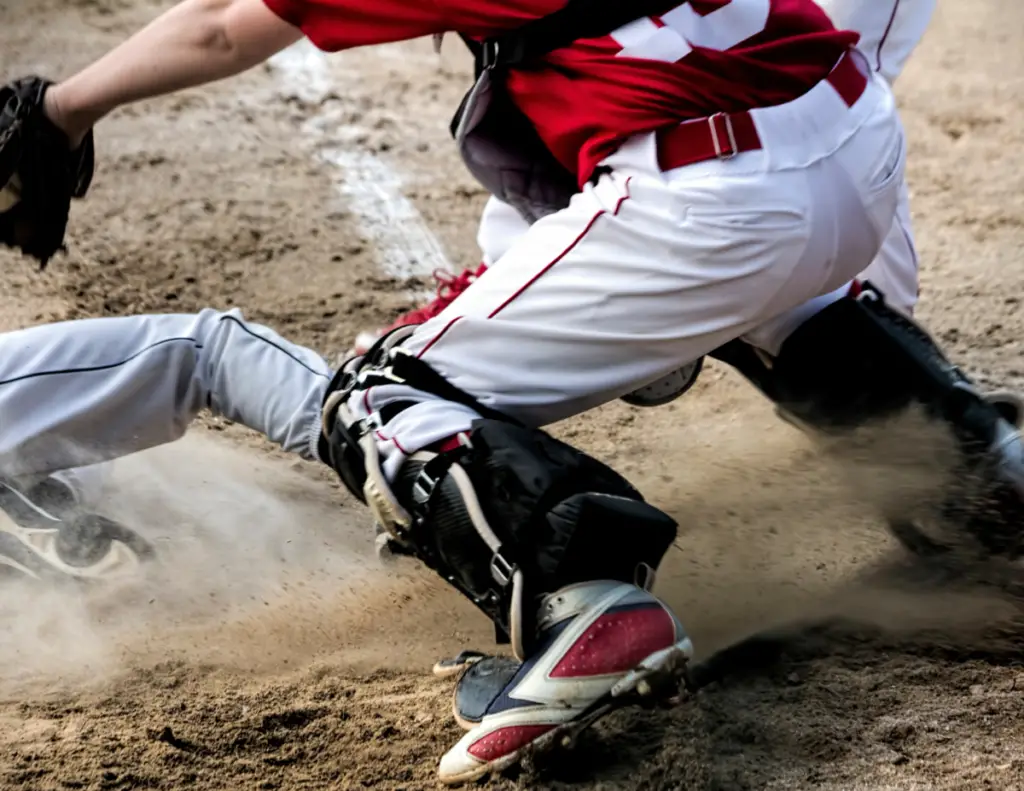
Fun Baseball Drills for 12 Year Olds: Final Thoughts
The 12u level is maybe the most fun year of playing baseball as a kid. The bad attitudes might still not be present and with the right set of coaches, it can be a blast. Keep it fun, celebrate the success and work on providing feedback.
Start every practice with 1-3 points of emphasis and talk at the end about how the team did and areas to improve on next time. Keep it simple, focused and fun!
Don’t let the negative coach destroy a kid’s fun and love for the game. Be the positive role model that kids need!
